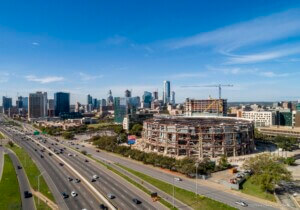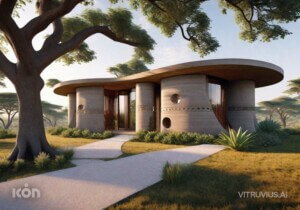The neighborhood around East 17th Street in East Austin is a hodgepodge of residential construction techniques from the past century: stick frame and concrete block, asbestos shingles and stucco, structural insulated panels (SIPs) and insulated concrete forms (ICFs). A new development from Kansas City developer 3Strands and ICON, a Texas-based 3D-printing company, is not unusual for the rapidly densifying single-family neighborhood: four stand-alone units in tasteful black, white, and wood around a shared drive. But the buildings, designed by Logan Architecture with interiors by Claire Zinnecker, present a challenge to traditional construction methods.
“Existing materials have failed to meet the demands and challenges of the housing crisis,” said Melodie Yoshar, director of building design and performance at ICON. Wood-frame construction, for example, is labor-intensive, requires multiple trades, and often results in significant material waste. 3D-printed concrete, on the other hand, offers the possibility of reducing the number of trades on site, cutting down on both construction waste and construction time, and, ideally, making housing more resilient and affordable.
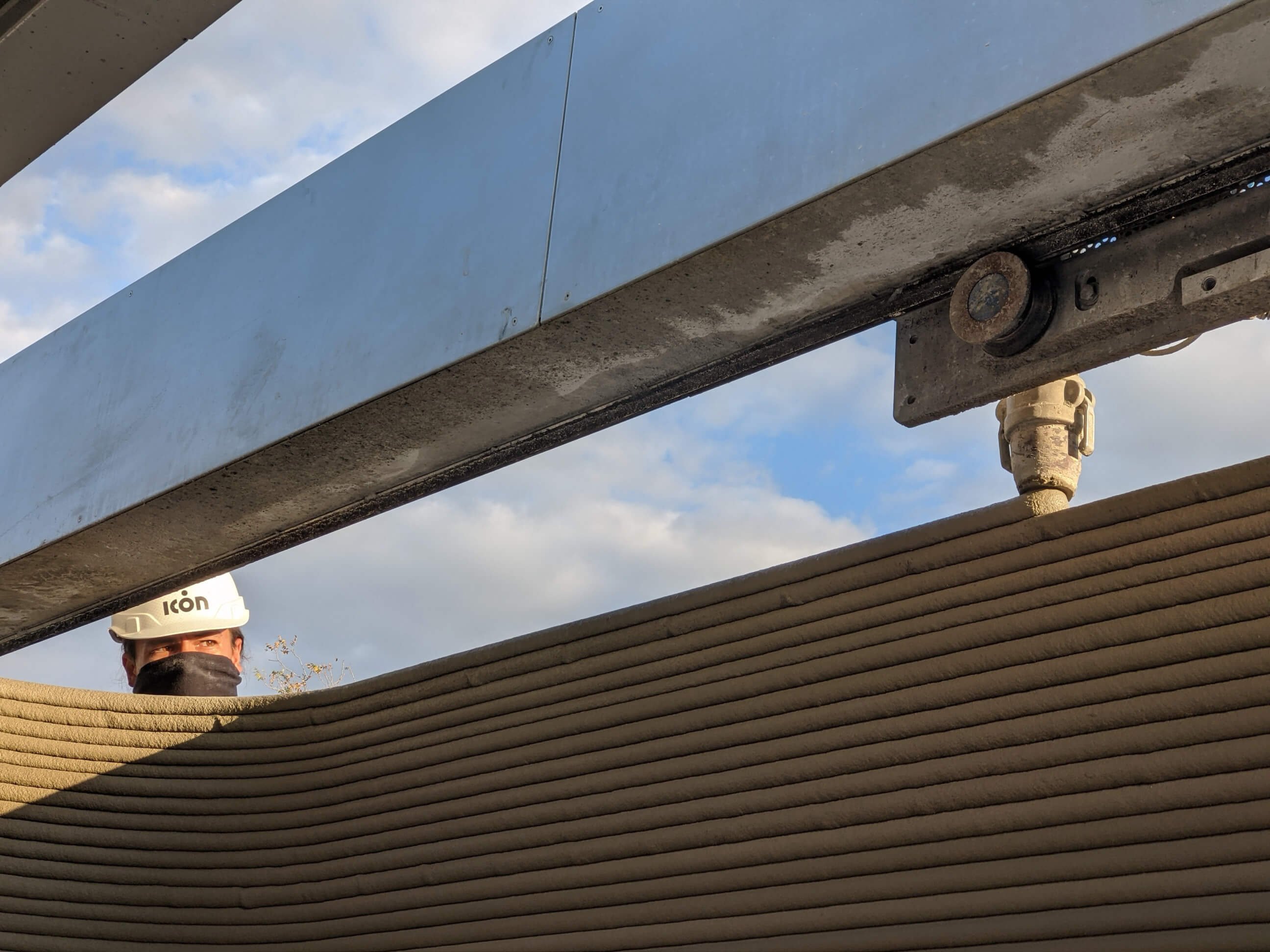
ICON’s 3D-printing technology uses a gantry printer dubbed the Vulcan to print a double wall of the company’s proprietary concrete mix, Lavacrete. The cavities within the wall are filled with insulation and a small amount of steel for support. At East 17th Street, the possibilities of the material are expressed in the stacked ridges and curves of the first-floor walls. Currently, the Vulcan can print up to 10.5 feet in height, which is why the second stories of the residences are wood-framed. Even so, according to developer Gary O’Dell of 3Strands, using 3D-printed concrete for the first floors represented a significant cost savings for the project. Said O’Dell, “3D printing allowed us to build better homes at a better value for 3Strands and the residents of these houses.” (The two larger homes listed in August at $745,000 and $795,000. For comparison, there were 17 other homes available for sale in the area at the time of listing, with an average asking price of $902,000. Affordability in this context is relative.)
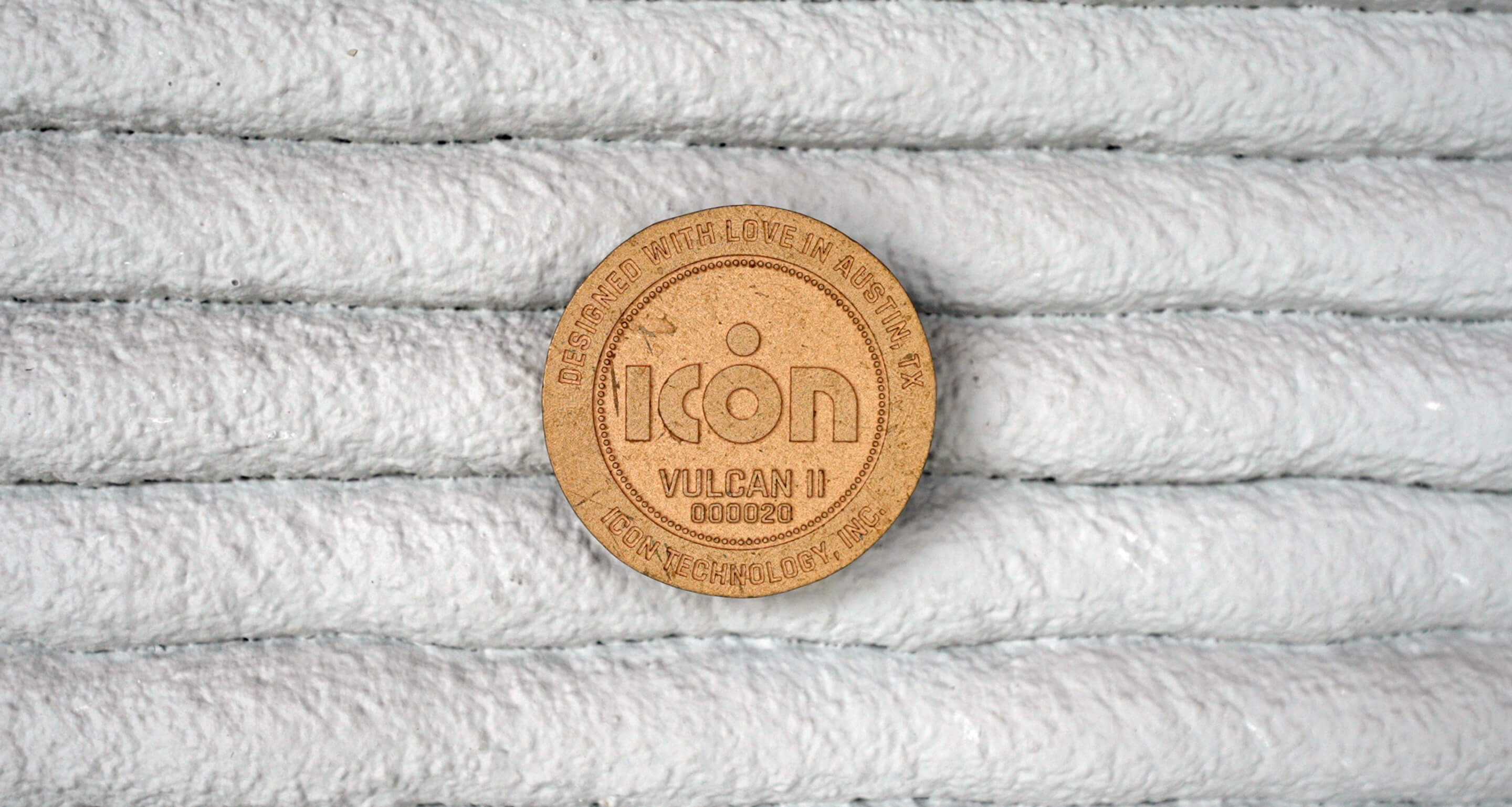
ICON has been making the news for its space-based work, including Project Olympus (with Bjarke Ingels) for NASA (“Imagine humanity’s first home on another world”). Back on earth, ICON first focused its technology on affordable housing construction, including a project in Tabasco, Mexico, with the nonprofit New Story. Now ICON is scaling up: It recently launched its Exploration series, partnering with architecture firms like Lake|Flato to “cooperatively develop new design languages and architectural vernaculars” and explore the opportunities specifically afforded by 3D-printing. Yoshar, who co-founded Space Exploration Architecture (SEArch+) and first worked with ICON on Project Olympus, outlined some of those opportunities: “Our ongoing prototyping and experimentation encompasses elements such as wall system weatherization strategies; mechanical, electrical, and plumbing integration; new options for interior finishing [and] materials development—as well as new and emergent ideas for robotic construction with the Vulcan printer, our gantry-based system. This project also helped further inform how we integrate traditional construction elements seamlessly with our 3D-printed wall system.”
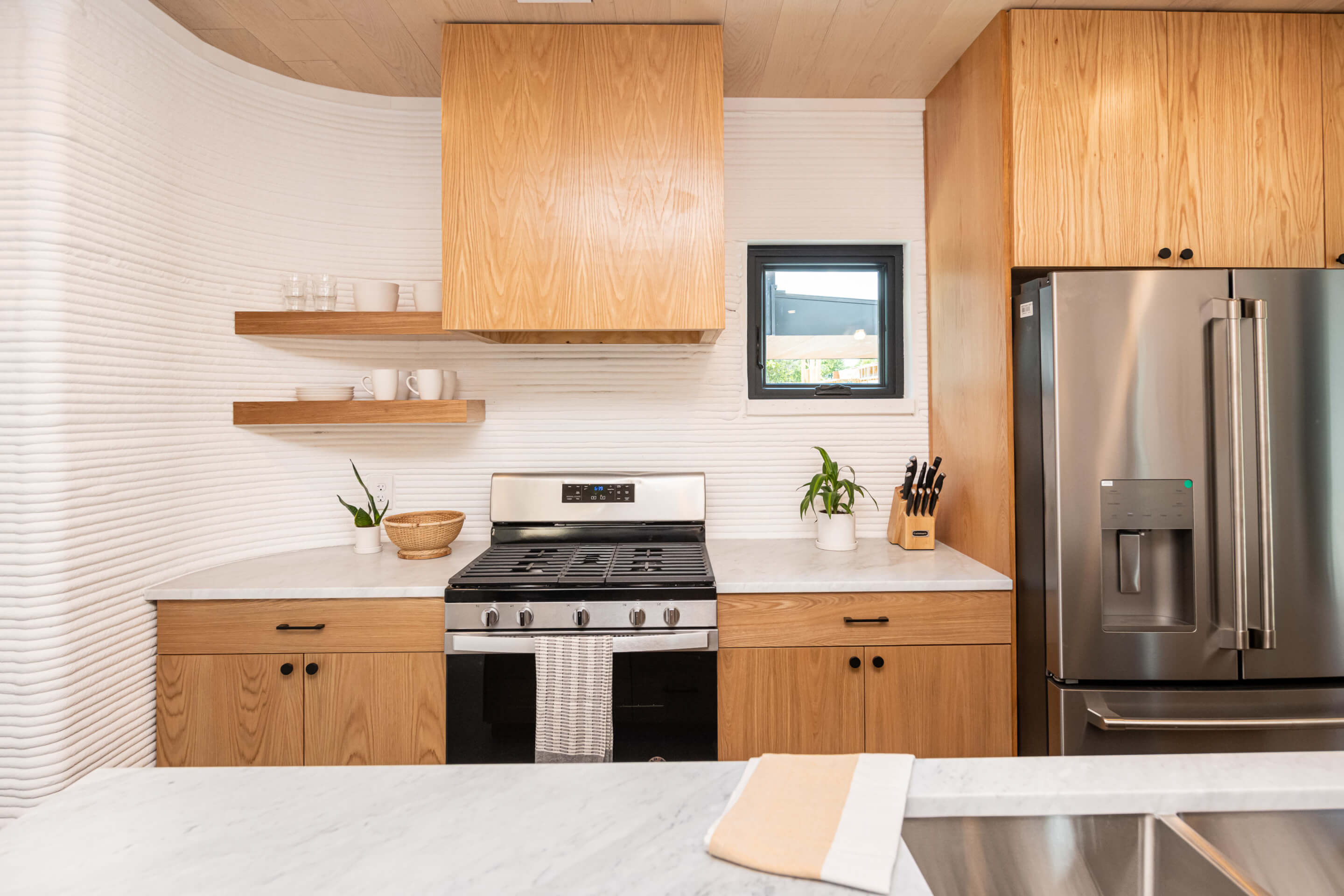
Whether or not ICON’s projects currently live up to the sometimes-hyperbolic messaging of its founder, Jason Ballard, is not the point. It hardly needs saying, but 3D-printing is not the answer to all of our problems, any more than mass timber or SIPs or ICFs are. However, the questions that ICON and others are addressing are important—and way more exciting than drywall.









